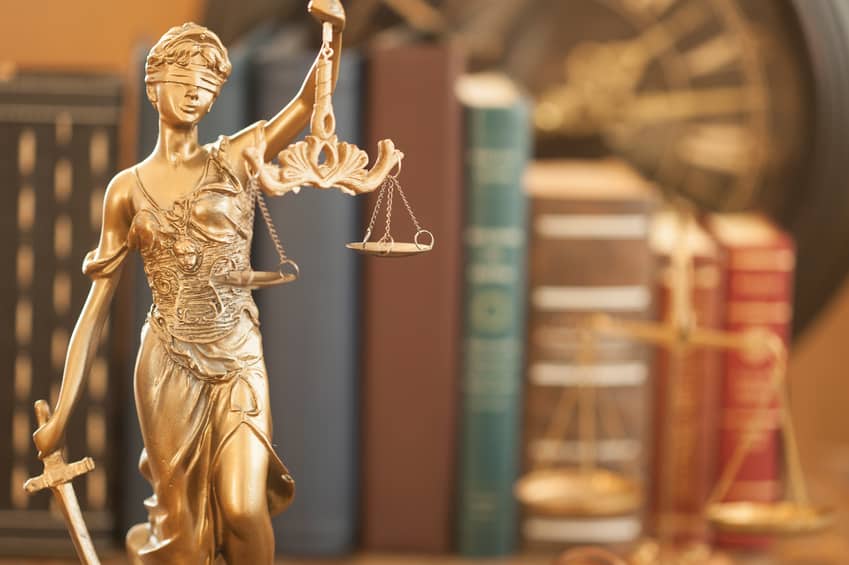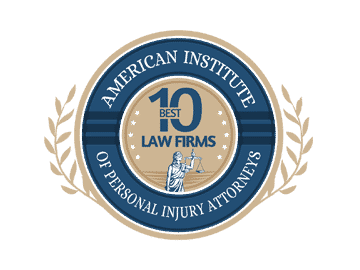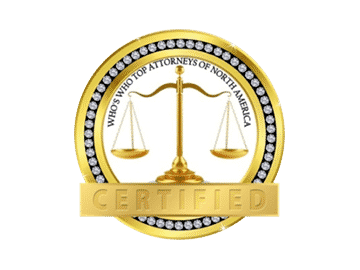Proving Liability After a Car Accident

Car Accidents:
According to the National Highway Traffic Safety Administration, roughly 2% of drivers in the U.S. will be involved in an accident each year. Car accidents are the most common form of personal injury accidents. With over 5 million people affected by car accidents each year, understanding what to do after an accident is vital. We never know when we may be involved in an accident. Cyclists and pedestrians are also likely to participate in an accident. Thousands of car wrecks occur each and every day, here is what you should do if you ever experience a car wreck.
What Should I Do?
The first thing that should happen after being involved in a car accident is to contact emergency responders. Getting medical attention should be your priority. The police will show up as well to complete interviews for a police report. Having documentation of your injuries as well as pictures and statements from those around the accident will help prove liability. Whether you choose the make a claim against the other person or not, having these record will be essential when trying to get compensation for injuries or damages.
Proving Liability:
Personal injuries are defined as any careless or negligent act that leads to physical, emotional or mental trauma. Hiring a lawyer will be helpful to prove liability. Every state, city, and the location could have different laws. A lawyer can explain the details of your wreck to you and provide support throughout the process. Each state varies on establishing liability for fault after an accident. Many factors go into proving fault. Every accident is individual from other accidents. Doing your homework can also help prove liability, some accidents are harder to prove liability. Rear-end collisions, car accidents involving a car and a pedestrian and wrecks involving cars and bicycles will be hard to show negligence against the pedestrian or bicycle rider.








